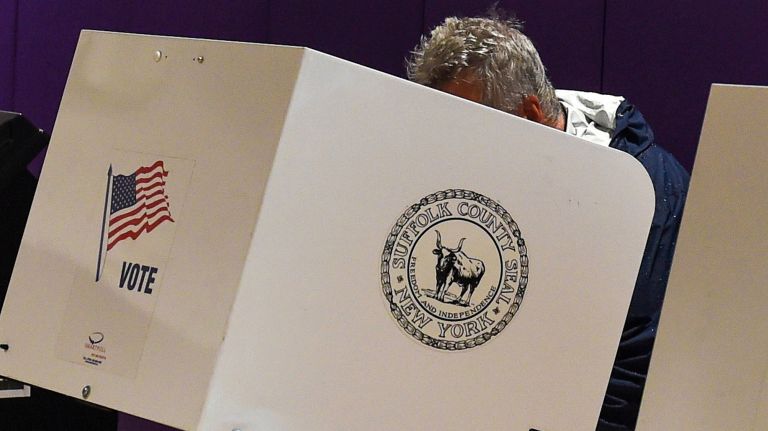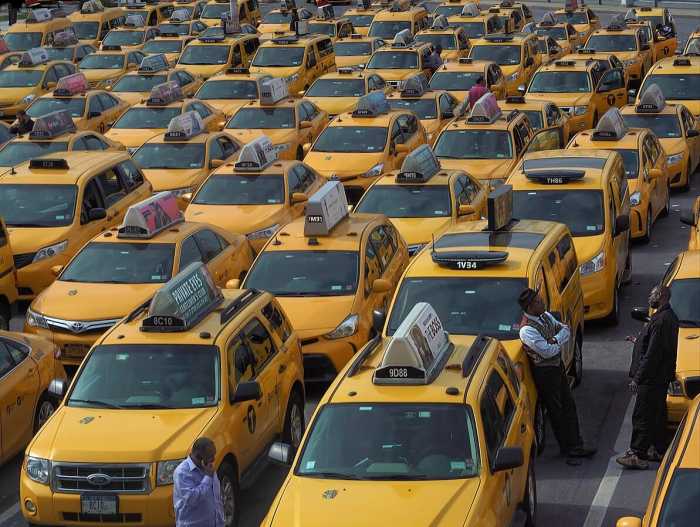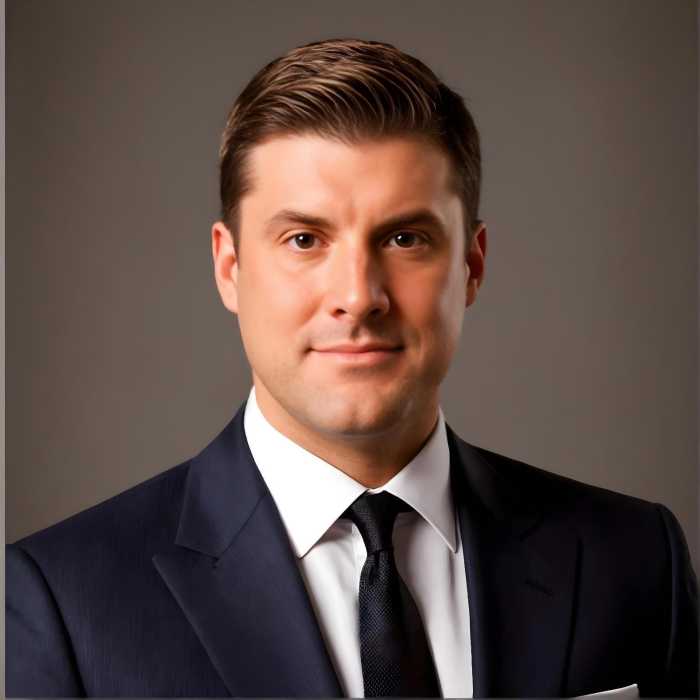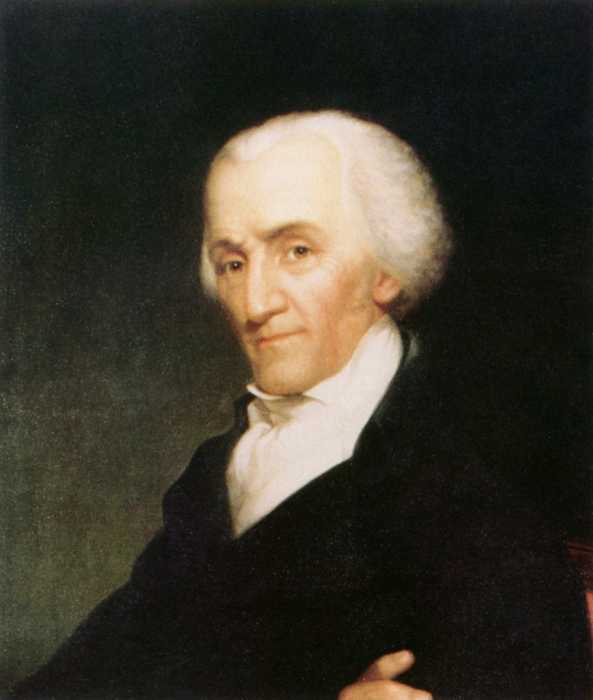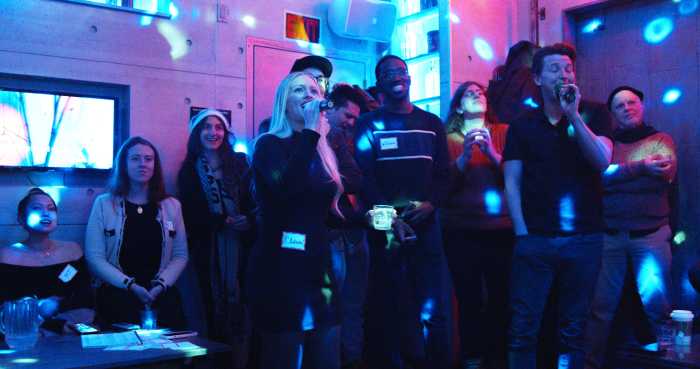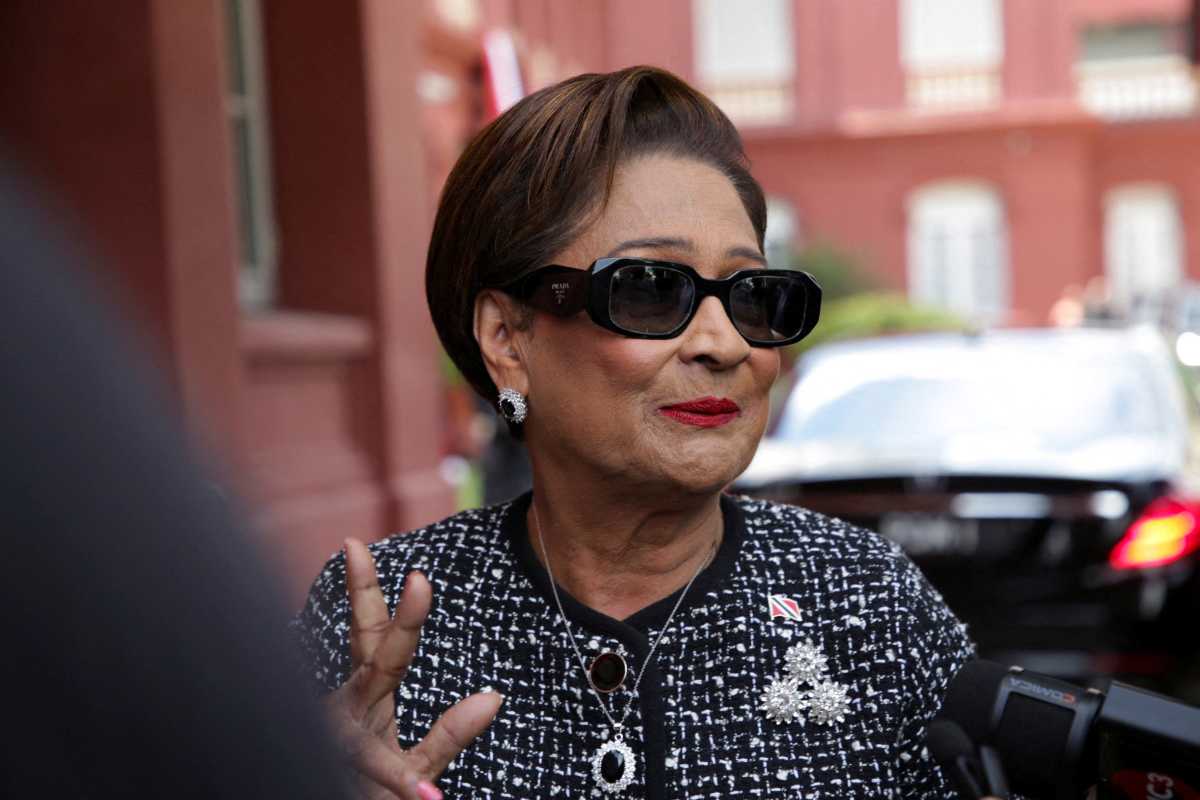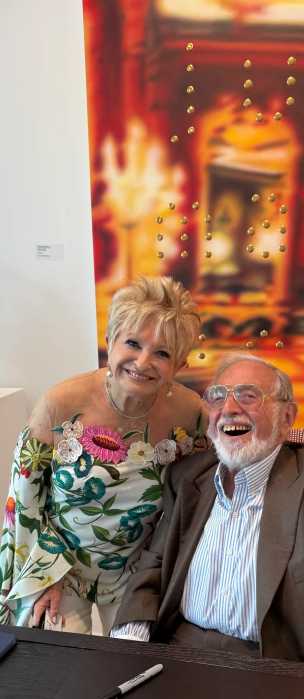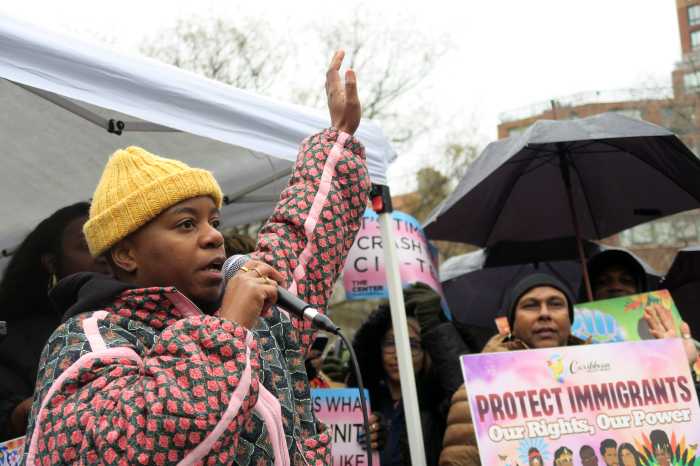
One of the quiet bombshell parts of the state budget agreed to this spring was a Public Campaign Financing Commission.
Yes, a Public Campaign Financing Commission, words that might not inspire acts of love or courage or songs of passion.
But the obscure unelected body’s work is key: make politicians look to small donors to fund their campaigns, boosted by public money.
That’s not the way the state-level system works now. The top 100 donors in 2018 state elections collectively gave more than all of the 137,000 or so small ones, according to an analysis by the Brennan Center for Justice. Take a guess at which side of that equation has ease getting meetings in Albany.
If you’re of the opinion that money talks, consider that the commission is tasked with setting up a system that would cost up to $100 million annually. It’s real work that will affect how New York votes for years to come.
Yet it wasn’t until the beginning of July that the nine members of the commission were named.
And in the weeks since then, they haven’t met and have had limited internal communication. They’re still getting their government emails set up, according to commission members.
The clock is ticking, because the legislation that created the commission says it has to wrap up its work by Dec. 1. Barring any legislative changes, that work would have the full force of law before Christmas.
Only this week did some hints of a schedule for the commission’s work come out, when commission member and state Democratic Party chair Jay Jacobs told amExpress that he has asked other members for blackout dates they won’t be available. A possible four hearings around the state would “likely” start in mid to late September, he said.
That would be an opportunity for people to show up and talk about how they’d like to see state elections improve. The commission also will take written presentations.
The commission is getting lobbied with emails, according to two members, including pro-public financing material from organized campaigners. That’s not surprising because this is an incredibly high-stakes political process, given that some incumbents fear the challenges that might be funded by public dollars.
Beyond the main campaign finance questions, there’s the fact that the commission is authorized to reach deep into state election law, including “multiple party candidate nominations and/or designations.” That’s code for “fusion voting,” the uncommon practice that allows candidates to run on multiple lines in New York. The Working Families and Conservative parties are fans of this system as it allows them to endorse and have some sway over candidates likely to win on the major party lines. Both have filed lawsuits challenging the commission’s authority out of fear that the commission will end fusion voting, partially because Gov. Andrew M. Cuomo is seen as being against the practice and the state Democratic Party approved a resolution against fusion this year.
Jacobs is one of Cuomo’s appointees to the commission. He seems to have taken on early organizational roles, though he notes that all members are equal.
As for the main substance of the commission’s work, Jacobs says, “I think we have a model in what the city of New York does,” referencing NYC’s small-dollar-match system for city elections as a starting point.
That would likely be music to the ears of advocates who like NYC’s substantial match and reasonable thresholds for candidates to get into the program.
But the devil is in the details, as was true when a bizarre public campaign financing pilot program for just the state comptroller’s office went nowhere in 2014, when candidates either didn’t meet the strict requirements or didn’t opt in.
Will the current effort lead to a real, enduring system?
Four months and change to go.
Editor’s note: A technical error caused a previous edition of this newsletter to send this morning. This is today’s edition.



